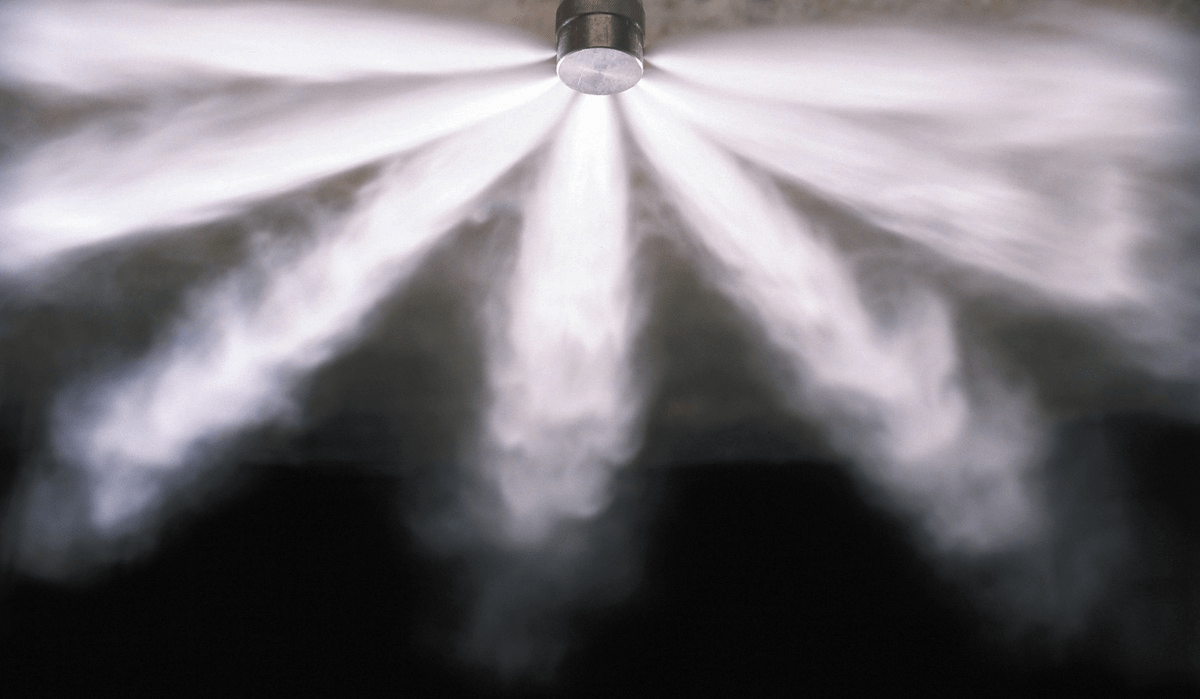Maintaining a reliable and safe data center environment is a daunting task. Maintenance contracts provide on-going checks to confirm support equipment is in good operating condition and will perform when needed. A data center’s clean agent fire protection is one of these support systems and is comprised of two components. The primary component is the clean agent discharge equipment which is coupled with the second component, the physical room. While preventative maintenance service will ensure the operation of the clean agent discharge equipment, have you checked the integrity of the physical room being protected? If you are only servicing one component of the system, how can you be assured if it will perform as expected when and if it is needed?

Clean agent systems have a minimum concentration gas level to extinguish the flame. The concentrations must be maintained for a defined time. If the room is not sealed properly, the discharged gas may leak out of the room diminishing the gaseous agent concentrations. A diminished concentration may not fully extinguish the flame.
Room integrity is evaluated by a pressurization test where a temporary fan system with pressure monitoring sensors are installed in a doorway. If room pressure is not held for a designated time, then the room must be thoroughly checked and sealed. The room sealing can involve multiple tasks including but not limited to:
- sealing holes with drywall
- installing motor operated fire dampers with control interlocks to the fire control system
- door seals
- sealing walls to upper deck
- sealing electrical conduits
The above list of items to seal the room will require multiple trades including general, mechanical, electrical and fire protection contractors. To accomplish the total room seal, a general contractor knowledgeable of clean agent fire protection systems is recommended. This will alleviate you from assembling a team of contractors whom may not know what the required scope of work and code requirements are.

When the room sealing is complete, a second pressurization test is performed. This will confirm the room is sealed properly. In addition to the room seal integrity, the test will calculate if a room pressure vent will be required. A vent may be required because the clean agent gas discharge adds gas volume into a confined space. This may add enough pressure to actually blow out walls and cause physical damage.
Each clean agent gas type has a different discharge gas pressure characteristic. The second test will provide vent size and type, one or two-way vent. The vent is specifically designed for clean agent gas fire protection systems. It will hold room pressure but will also alleviate excess pressure caused by the gas discharge. Wall damage can occur if a properly engineered vent specifically designed for the gas type is not used.
A properly sealed room, an engineered vent and maintained clean agent equipment will provide a fully functional system. This total system becomes more important if you do not have a water sprinkler or dry pipe pre-action as well as the clean agent. In this case, the sprinkler is the backup of the clean agent in the event it does not perform. The secondary sprinkler will damage the computer equipment so the importance of a fully functioning primary clean agent system is mandatory.
Some Authority Having Jurisdiction (AHJ) may also require a purge fan system. The purge system will mechanically vent the smoke or dangerous gases created by combustion. If you have a legacy room lacking a purge fan is installed, then you most likely will not need one but it is recommended to know if this meets your local code requirements. In many situations, the local fire marshal requires a purge fan. In other applications such as hospitals, while not mandated, it is desired.
Keystone Critical Systems and Advisors is a contractor solely dedicated to the data center and can provide full room integrity analysis with any room sealing requirements if needed.




